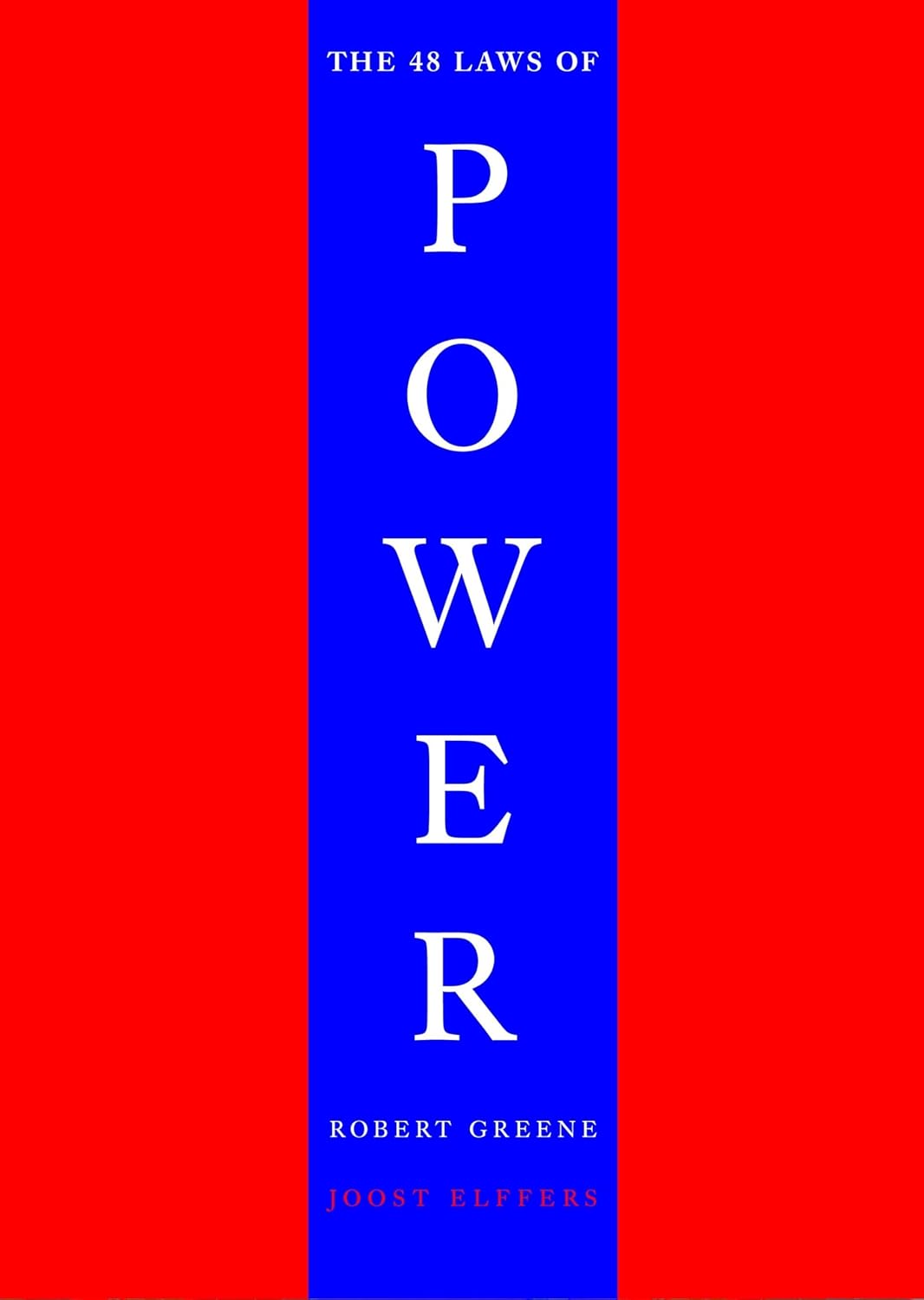LAW 35: Master the Art of Timing
byLaw 35 of The 48 Laws of Power is built on the premise that timing is a crucial element in gaining and maintaining power. Greene emphasizes how you must master the art of timing, controlling not just your own actions, but also your reactions to the ever-changing circumstances around you. Impatience, particularly in the realms of strategy and decision-making, can signal weakness and a lack of control. In contrast, those who can demonstrate patience are able to maintain power, wait for the right opportunity, and make their move when the time is ripe. This principle is about recognizing that timing is not just about speed, but strategic control—knowing when to act and when to hold back, enabling you to manage situations effectively while conserving resources and energy.
The story of Sertorius, a Roman general, is one of the earliest examples in history where strategic patience was used to manipulate situations to his advantage. Sertorius, upon growing in power, was faced with an army of barbarian recruits who lacked discipline. Instead of immediately quelling their impatience and reckless behavior through force, Sertorius allowed them to engage in early skirmishes, knowing that a minor defeat would teach them valuable lessons in humility and the need for preparation. Through this calculated move, he instilled in his recruits the importance of patience and the wisdom of strategic planning. The demonstration involving the two horses—one large and powerful, the other small but persistent—symbolized how persistent, calculated action would always overcome brute force and show the value of slow, steady progress. This story encapsulates the essence of Law 35: waiting for the right moment to act, using patience as a method of strengthening and solidifying control.
Another vivid example of strategic patience is seen in the rise of Joseph Fouché during the French Revolution. Originally a teacher, Fouché capitalized on the political instability of the time to build a reputation, but he did not rush into making hasty decisions that could have exposed him to danger. He carefully watched the shifting political tides, aligning himself with whichever faction held the most power, shifting allegiances at the right time to ensure his political survival. When the revolution began to turn in favor of the moderates, Fouché deftly positioned himself with them, maintaining his role despite the drastic shifts in power dynamics. His ability to adapt his strategy to the changing political climate, never acting too early or too late, exemplifies the principle of timing that Greene advocates. Fouché’s story shows how understanding the times and acting at the right moment can help a person rise above others, especially when their rivals are too eager or too quick to make decisions that turn out to be premature or misplaced.
The essence of Law 35 lies in the ability to assess situations without emotional bias and then determine the best course of action, be it patience, action, or inaction. Greene argues that emotions such as anger and frustration often cloud judgment, causing people to act impulsively and out of sync with the situation at hand. The law encourages individuals to understand the dynamics of time, recognizing that everything follows a natural rhythm, and there are moments for retreat, moments for waiting, and moments to strike decisively. Patience, in this regard, is not mere passivity but a powerful strategic tool that allows you to control the flow of events while your opponents wear themselves down. Those who act too soon risk losing their advantages, while those who act too late may miss their opportunity altogether. Understanding the timing of events and choosing when to make a move is the key to maintaining the initiative and ensuring that your actions are calculated and effective.
Greene further breaks down the types of time that one must manage to master timing effectively. “Long Time” refers to periods where it is necessary to hold back, waiting for the right moment to make your move. This requires defensive patience, allowing the situation to unfold naturally without trying to force a resolution prematurely. “Forced Time” refers to situations where you have to disrupt an adversary’s rhythm, forcing them to act prematurely or under unfavorable circumstances, giving you the upper hand. Finally, “End Time” is the moment when the window for action has arrived, and one must act swiftly and decisively, ensuring that the opportunity is seized before it slips away. Mastery of these types of time allows a person to exert influence by timing their responses and actions to fit the exact moment when they will have the greatest impact.
Historical leaders, such as Napoleon Bonaparte, exemplified the mastery of timing in both military and political spheres. Napoleon understood that military victories were often not just about overwhelming force but about knowing when to attack, when to wait, and when to retreat. The ability to sense timing in military and diplomatic negotiations allowed him to achieve unprecedented successes. Similarly, in modern business, leaders like Steve Jobs used strategic patience, holding back new product launches and innovations until the market was ready for them. They knew that perfect timing can lead to success and long-term influence, as it maximizes the effect of each decision.
Ultimately, Law 35 reveals that time is one of the most critical resources at one’s disposal. Those who control time, whether through patience, strategic waiting, or decisive action, hold the power. Rather than rushing into decisions, one should carefully observe, plan, and act only when the moment is right. This law teaches that the essence of power lies in recognizing when to act and when to wait, using timing as a tool for gaining control and influence in any situation.


